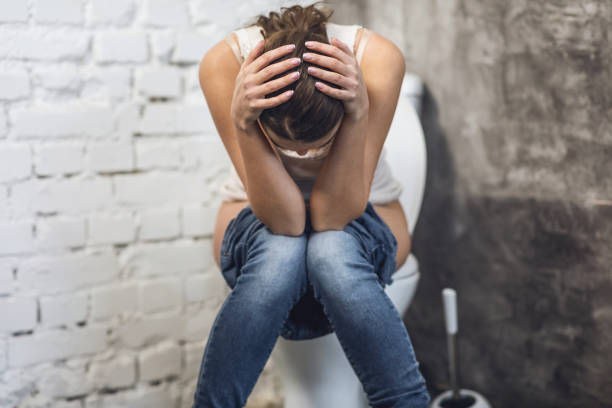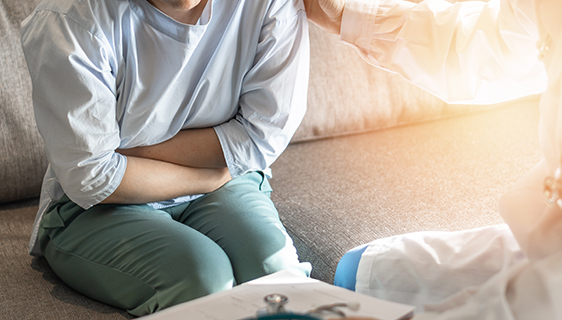Piles, also known as hemorrhoids, are a common condition that affects millions of people around the world. These swollen veins in the anus and rectum can cause a variety of uncomfortable and sometimes painful symptoms. While piles are not necessarily dangerous, they can be a significant source of discomfort and may require treatment to alleviate the symptoms.
Symptoms of Piles
There are several common symptoms that may indicate the presence of piles. Some of the most common symptoms include:
Pain or discomfort: Piles can cause a significant amount of pain and discomfort, particularly when sitting or during bowel movements.
Bleeding: Piles often cause bleeding during bowel movements, which may be noticed on the toilet paper or in the toilet bowl.
Itching or irritation: The area around the anus may be itchy or irritated, which can be especially uncomfortable when sitting for long periods of time.
Swelling: Swelling and inflammation in the anus and rectum are common with piles, which may cause discomfort and pain.
Lumps: Piles may appear as small lumps or protrusions in or around the anus, which can be painful or uncomfortable to touch.
Difficulty emptying the bowel: Piles may cause difficulty passing stools, which may lead to constipation or the need to strain during bowel movements.
There are two types of piles: internal and external. Internal piles are located inside the anus and are not visible, while external piles are located outside the anus and are visible. The symptoms of internal and external piles may vary slightly, with external piles often causing more visible symptoms such as swelling and lumps.
Treatment for Piles
The treatment for piles will depend on the severity of the condition and the specific symptoms being experienced. Here are some common treatment options for piles:
Home remedies: Many people find relief from piles using simple home remedies, such as soaking in warm water, using over-the-counter creams and ointments, and avoiding straining during bowel movements.
Medications: There are several medications that can be used to treat piles, including pain relievers, anti-inflammatory medications, and topical ointments.
Lifestyle changes: Making lifestyle changes, such as increasing fiber intake, increasing water intake, and exercising regularly, can help to alleviate the symptoms of piles.
Procedures: In more severe cases of piles, medical procedures may be necessary to remove or shrink the swollen veins. These procedures may include rubber band ligation, sclerotherapy, or hemorrhoidectomy.
It is important to consult with a healthcare professional for an accurate diagnosis and appropriate treatment plan for piles. While piles may be a common and often uncomfortable condition, with proper treatment, the symptoms can often be effectively managed.

 Home
Home Health
Health Diet & Nutrition
Diet & Nutrition Living Well
Living Well More
More












